Year 2
The English curriculum is built around the three interrelated strands of language, literature and literacy. Teaching and learning programs should balance and integrate all three strands. Together, the strands focus on developing students' knowledge, understanding and skills in listening, reading, viewing, speaking, writing and creating. Learning in English builds on concepts, skills and processes developed in earlier years, and teachers will revisit and strengthen these as needed.
In Year 2, students communicate with peers, teachers, students from other classes and community members.
Students engage with a variety of texts for enjoyment. They listen to, read, view and interpret spoken, written and multimodal texts in which the primary purpose is to entertain, as well as texts designed to inform and persuade. These encompass traditional oral texts, picture books, various types of print and digital stories, simple chapter books, rhyming verse, poetry, non-fiction, film, multimodal texts, dramatic performances and texts used by students as models for constructing their own work.
The range of literary texts for Foundation to Year 10 comprises Australian literature, including the oral narrative traditions of Aboriginal and Torres Strait Islander Peoples, as well as the contemporary literature of these two cultural groups, and classic and contemporary world literature, including texts from and about Asia.
Literary texts that support and extend Year 2 students as independent readers involve sequences of events that span several pages and present unusual happenings within a framework of familiar experiences. Informative texts present new content about topics of interest and topics being studied in other areas of the curriculum. These texts include language features such as varied sentence structures, some unfamiliar vocabulary, a significant number of high-frequency sight words and words that need to be decoded phonically, and a range of punctuation conventions, as well as illustrations and diagrams that support and extend the printed text.
Students create a range of imaginative, informative and persuasive texts including imaginative retellings, reports, performances, poetry and expositions.
(source: www.australiancurriculum.edu.au)
Achievement Standard
Receptive modes (listening, reading and viewing)
By the end of Year 2, students understand how similar texts share characteristics by identifying text structures and language features used to describe characters and events, or to communicate factual information.
They read texts that contain varied sentence structures, some unfamiliar vocabulary, a significant number of high-frequency sight words and images that provide extra information. They monitor meaning and self-correct using knowledge of phonics, syntax, punctuation, semantics and context. They use knowledge of a wide variety of letter-sound relationships to read words of one or more syllables with fluency. They identify literal and implied meaning, main ideas and supporting detail. Students make connections between texts by comparing content. They listen for particular purposes. They listen for and manipulate sound combinations and rhythmic sound patterns.
Productive modes (speaking, writing and creating)
When discussing their ideas and experiences, students use everyday language features and topic-specific vocabulary. They explain their preferences for aspects of texts using other texts as comparisons. They create texts that show how images support the meaning of the text.
Students create texts, drawing on their own experiences, their imagination and information they have learnt. They use a variety of strategies to engage in group and class discussions and make presentations. They accurately spell words with regular spelling patterns and spell words with less common long vowel patterns. They use punctuation accurately, and write words and sentences legibly using unjoined upper- and lower-case letters.
(source: www.australiancurriculum.edu.au)
- Plus Plan

Real Or Make-Believe - Animal Sentences Worksheet
A teaching resource to help teach your students the difference between real and make-believe.
- Plus Plan
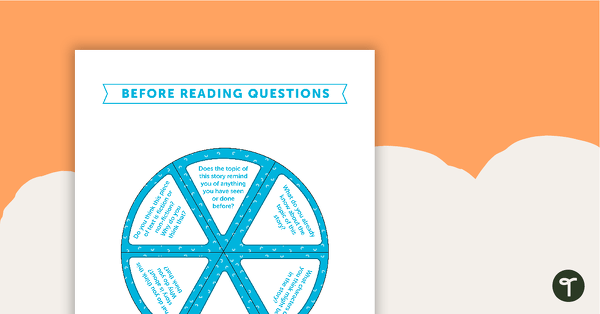
Before, During and After Reading Fiction Questions - Wheel
5 different versions of wheels to use when asking questions before, during and after reading.
- Plus Plan
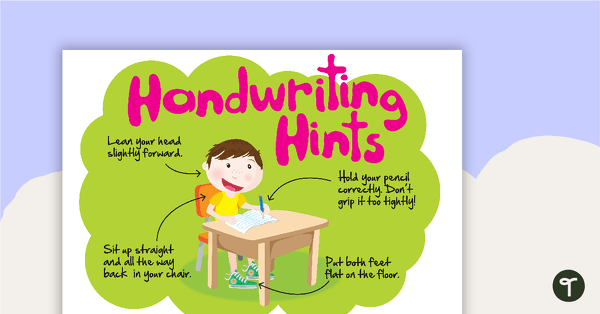
Handwriting Hints Poster
A poster providing helpful hints to produce good handwriting.
- Plus Plan
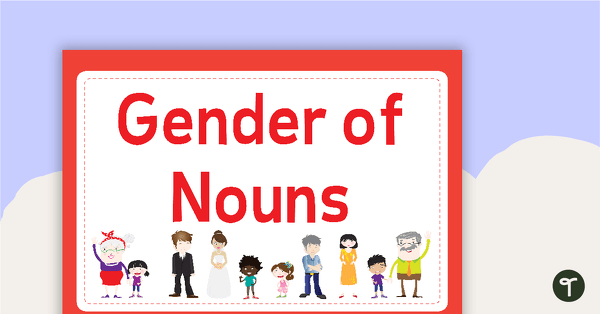
Gender Nouns Posters
A set of educational posters showing common gender nouns in the English language.
- Plus Plan
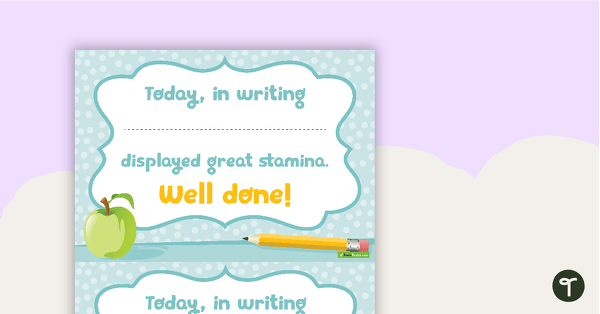
Handwriting Stamina Award Certificate
Give positive feedback to your students when they display excellent handwriting skills.
- Plus Plan
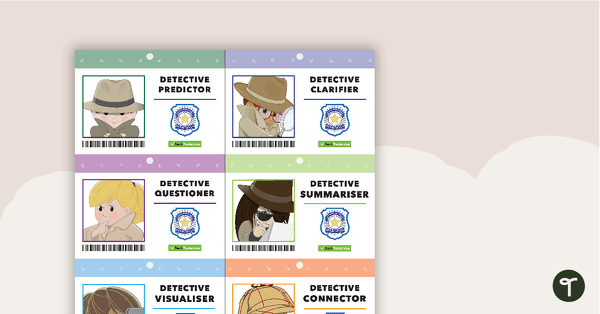
Reading Detectives Name Tags
8 colourful reading detective name tags to assign students during guided reading sessions.
- Plus Plan
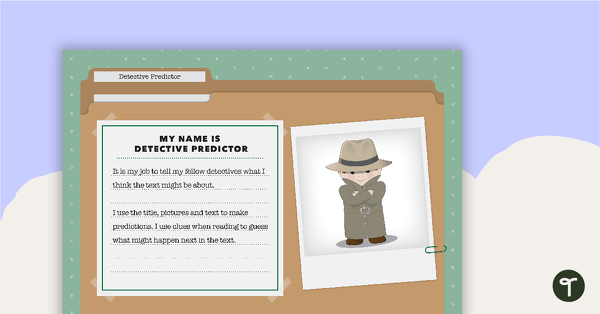
Reading Detectives Resource Pack
A 16 page resource pack including 8 detective roles to assign to students during guided reading sessions.
- Plus Plan
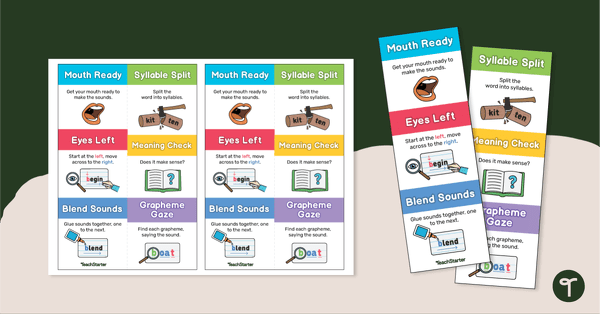
Reading Strategy Bookmark
A double-sided bookmark to remind your students of the different reading strategies.
- Plus Plan
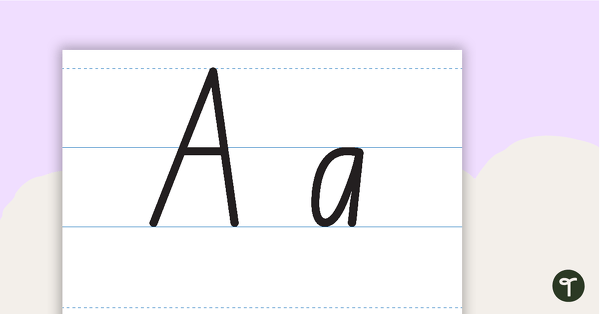
Large Handwriting Charts - Capitals and Lower Case
Print capital and lower case letters displayed on large red and blue handwriting lines.
- Plus Plan
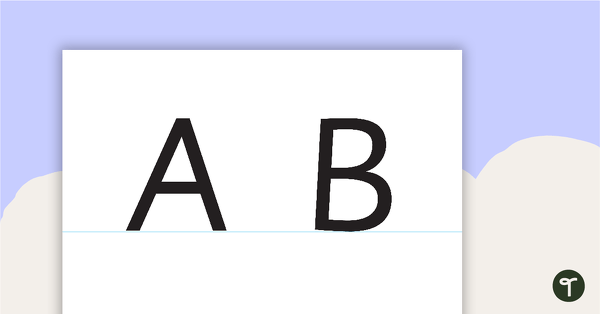
Large Handwriting Charts - Capital Letters
Print handwriting displayed on large red and blue lines.
- Plus Plan
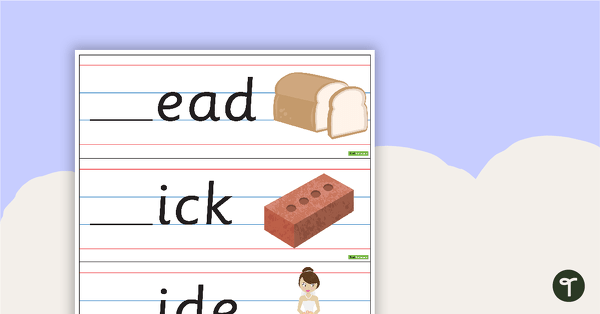
Initial R Blend Cards
A resource to help students identify the R blend at the beginning of a word.
- Plus Plan
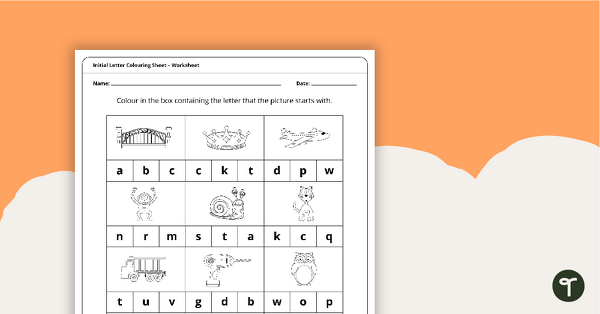
Initial Letter Colouring Worksheet
Identify the first letter for each picture and then colour it in.
- Plus Plan
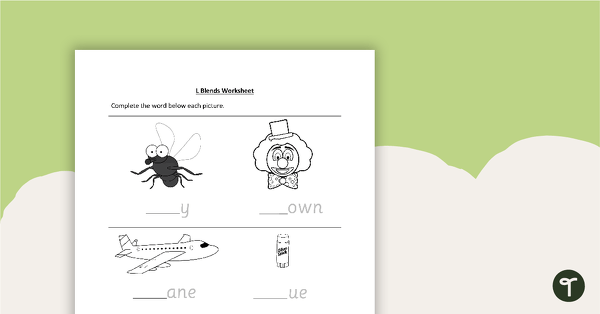
L Blends Worksheet
A worksheet consolidating the initial L blend sound.
- Plus Plan
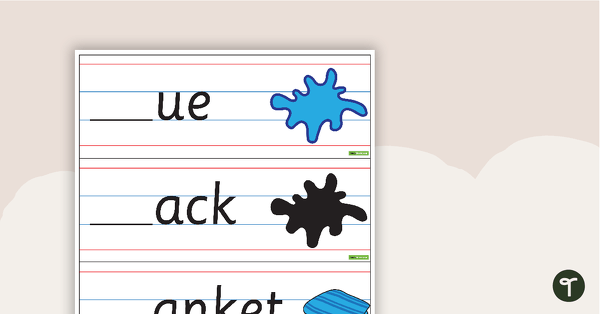
Initial L Blend Cards
A resource to help students identify the L blend at the beginning of a word.
- Plus Plan
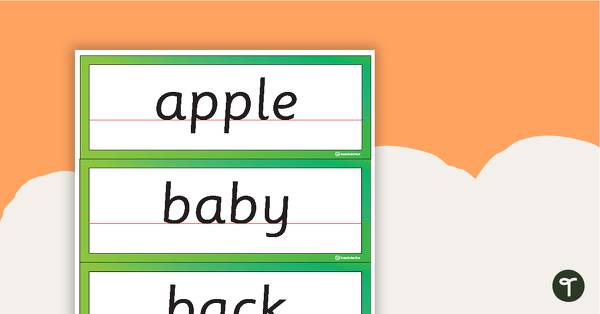
Sight Word Cards - Dolch Nouns
Dolch Nouns sight words on flash cards.
- Plus Plan
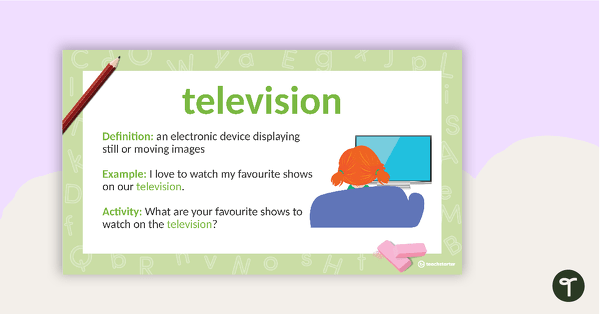
Word of the Week PowerPoint - Year 2
A 40 slide PowerPoint Template for introducing new vocabulary to year 2 students.
- Plus Plan
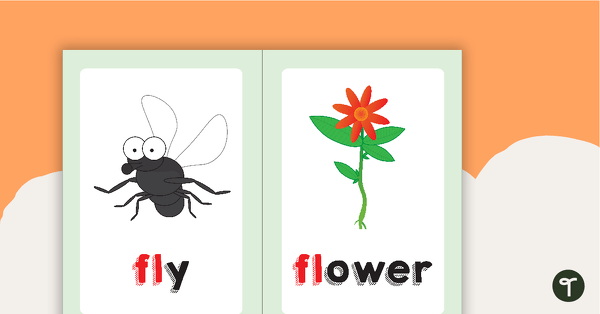
Fl Blend Flashcards
Thirteen flashcards showing fl blend words and pictures.
- Plus Plan
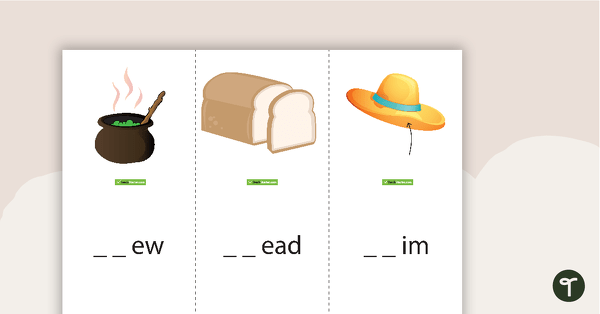
Initial Blends Match-Up Activity
A set of initial blends game cards.
- Plus Plan
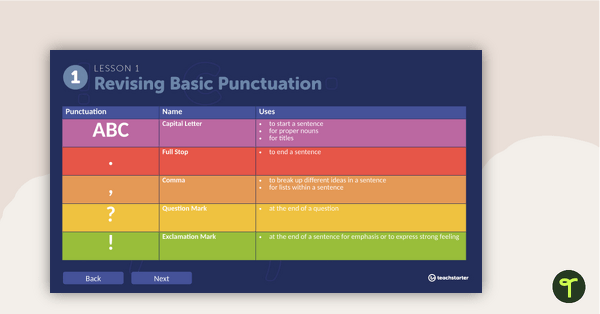
Paragraph Study Punctuation Interactive PowerPoint
Interactive PowerPoint presentation allowing teachers and students to learn and revise punctuation by highlighting paragraphs.
- Plus Plan
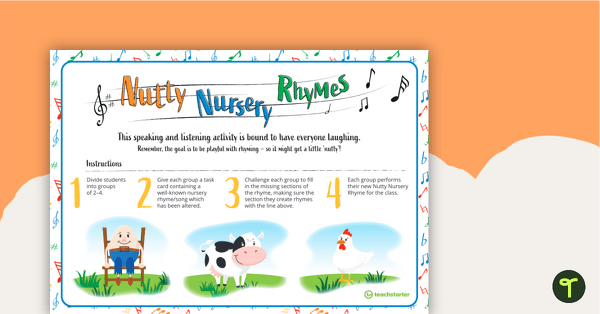
Nutty Nursery Rhymes Speaking and Listening Activity
A set of eight nursery rhyme cards which have been modified for a speaking activity.
- Plus Plan
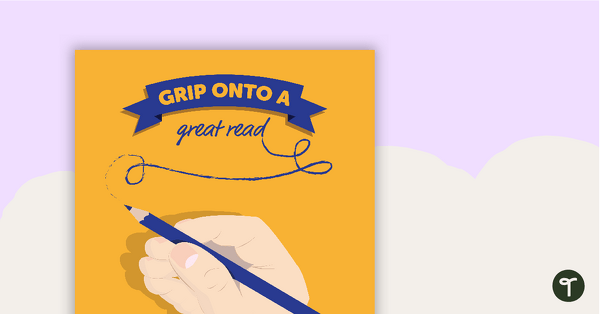
Pencil Themed - Book Report Template and Poster
A fun pencil themed poster with 3 book report templates to use when responding to literature.
- Plus Plan
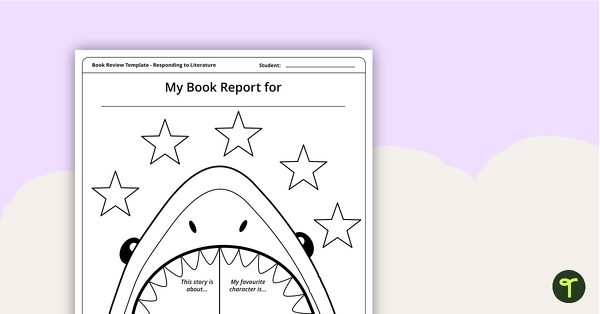
Shark Themed - Book Report Template and Poster
A fun shark themed poster with 3 book report templates to use when responding to literature.
- Plus Plan
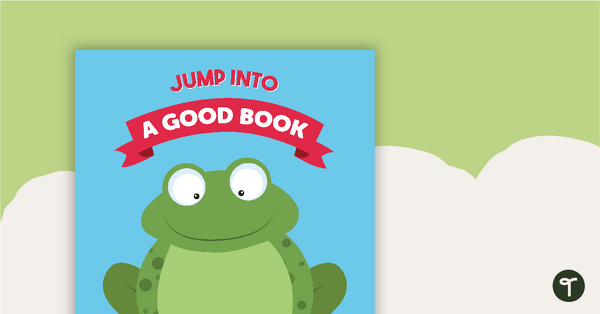
Frog Themed - Book Report Template and Poster
A fun frog themed poster with 3 book report templates to use when responding to literature.
- Plus Plan

Detective Themed - Book Report Template and Poster
A fun detective themed poster with 3 book report templates to use when responding to literature.
- Plus Plan
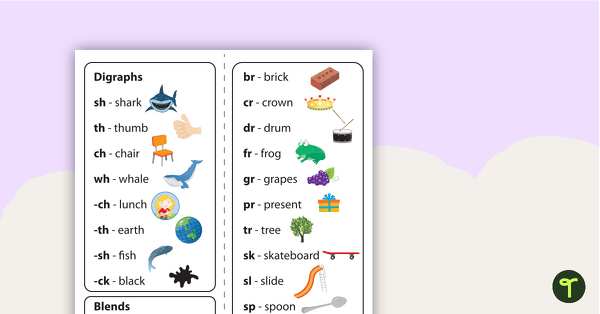
Common Digraphs and Blends Bookmarks
These bookmarks are designed to help students remember some of the most common blends and digraphs while reading.
- Plus Plan
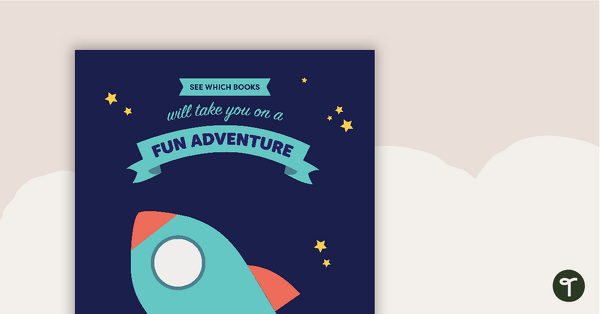
Rocket Themed - Book Report Template and Poster
A fun rocket themed poster with 3 book report templates to use when responding to literature.
- Plus Plan
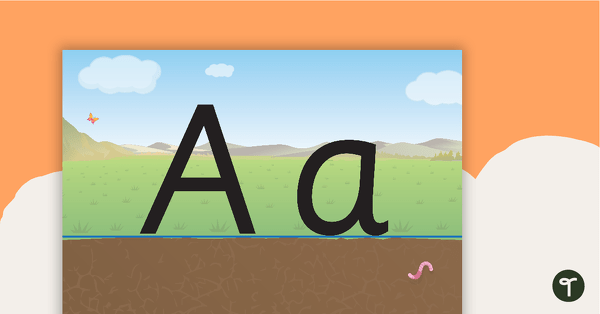
Handwriting Posters - Dirt, Grass and Sky Background
Handwriting posters using a dirt, grass and sky background.
- Plus Plan
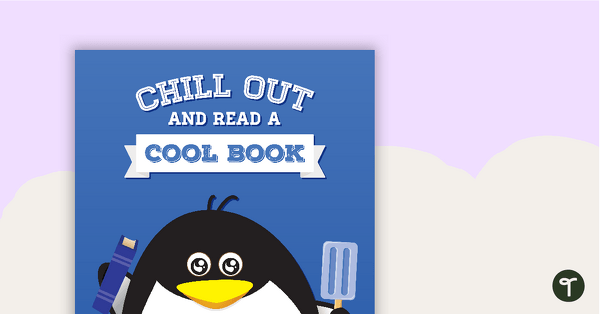
Penguin Themed - Book Report Template and Poster
A fun penguin themed poster with 3 book report templates to use when responding to literature.
- Plus Plan
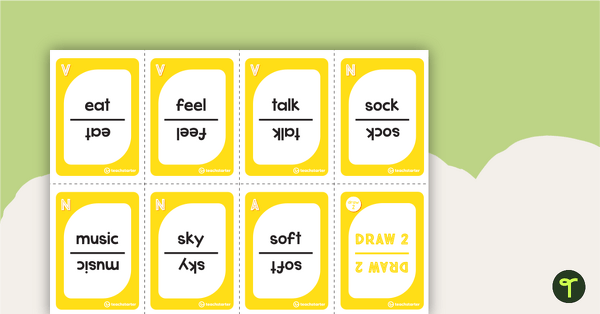
Parts of Speech Card Game – Lower Years Classroom Game
A card game for nouns, verbs and adjectives.
- Plus Plan
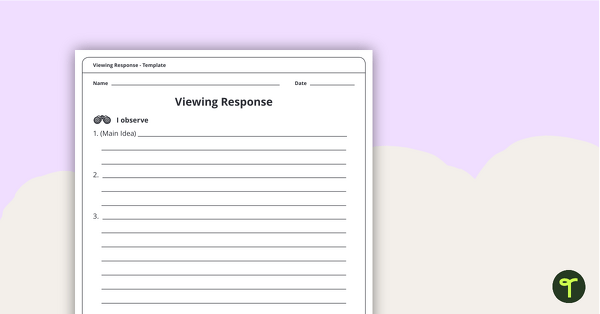
Viewing Response Template
A useful template to encourage students to make careful observations and interpretations while viewing visual prompts.
- Plus Plan

Readers' Theatre - Teaching Resource Pack
A comprehensive pack of 33 readers' theatre scripts, catering to a range of age groups and ability levels.
- Plus Plan
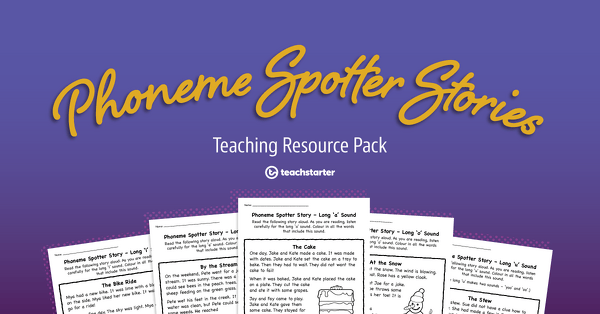
Phoneme Spotter Stories Teaching Resource Pack
A collection of decodable texts featuring various phonemes.